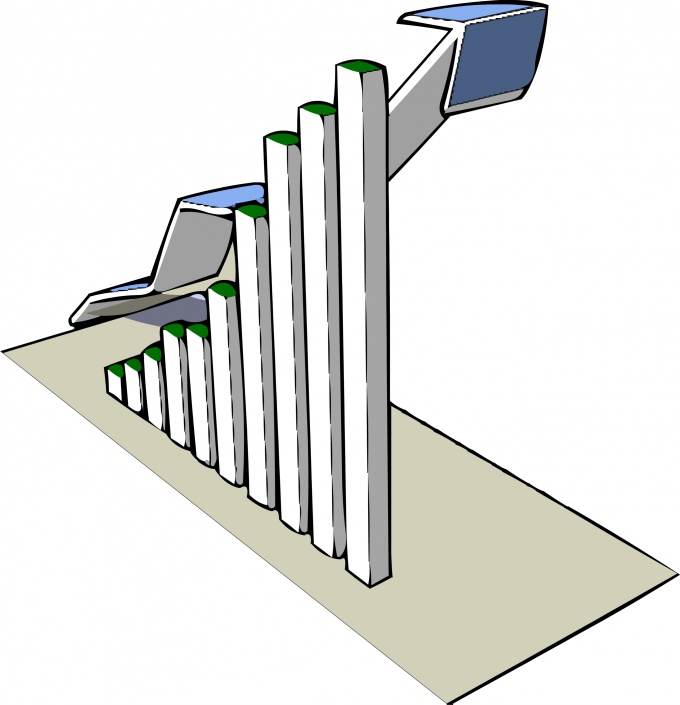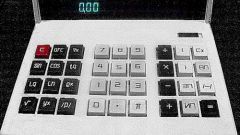Instruction
1
First decide how you are going to consider the performance of the work: using the output of products per unit time (direct measure) or through increased labor intensity (the inverse value).
2
Rate of output production per unit of time count as follows:
The volume of goods produced, divide by the cost of labor (or time spent on the production of these products). The result is the average output of products per unit cost of labor.
The volume of goods produced, divide by the cost of labor (or time spent on the production of these products). The result is the average output of products per unit cost of labor.
3
The increased complexity of the products count as follows: cost of labor (or the time of production) divide by the volume of production. Get the cost of labour per unit of production, i.e. labor input.
4
Next, decide what method you calculate the productivity of labor: natural labor or money.
5
Natural method use to determine the amount of production and production (in tons, units, square or cubic metres, etc.). For example: your firm for one month produced 50000 pieces of nails. You have 50 people working. Output per worker will be 50,000 units divided by 50 people – 1,000/person.
6
The labour method of volume production measured in normo-hours. This method is not very convenient for small and medium businesses.
7
Choose the cost method if your company produces heterogeneous products.
In this method, all volumes and types of goods are expressed in money single indicator - in rubles. To do this, multiply the volume of each product at wholesale prices. The production also count in monetary terms. For example, your Atelier sewed 500 dresses for the price of 1000 rubles, and 300 costumes for the price of 2500 rubles. The number of dressmakers in the Studio is 100 people.
Output = (500pcs. ?1000 RUB + 300 PCs ? 2500 RUB) /100 people =12500 RUB/person.
In this method, all volumes and types of goods are expressed in money single indicator - in rubles. To do this, multiply the volume of each product at wholesale prices. The production also count in monetary terms. For example, your Atelier sewed 500 dresses for the price of 1000 rubles, and 300 costumes for the price of 2500 rubles. The number of dressmakers in the Studio is 100 people.
Output = (500pcs. ?1000 RUB + 300 PCs ? 2500 RUB) /100 people =12500 RUB/person.
8
And the last thing we pay attention: productivity of labor – the value of the variable. And it depends not only from your employees but from you. The better the conditions of labour, the stronger the motivation, the performance will be higher. Good luck with the business!






